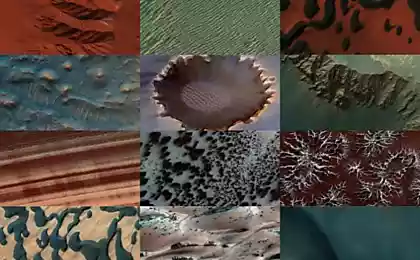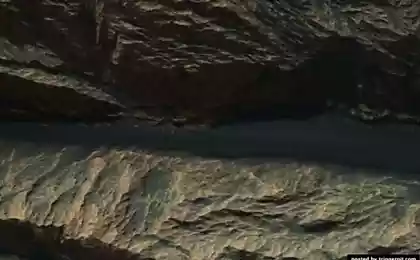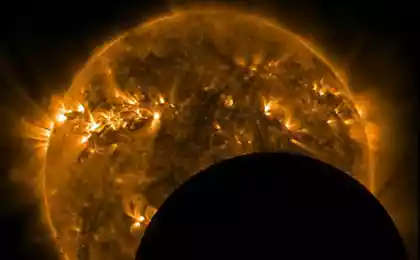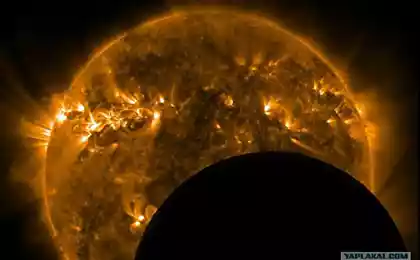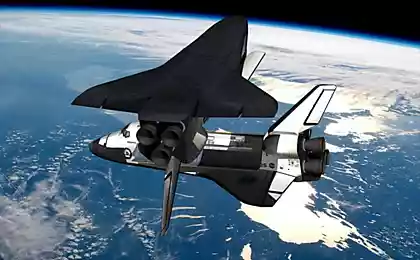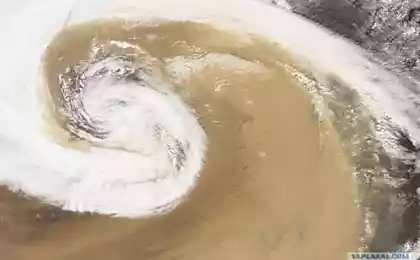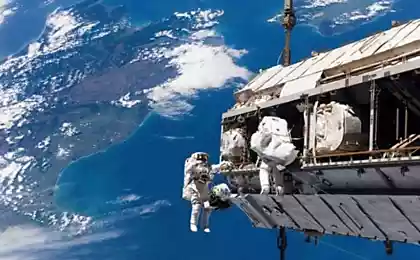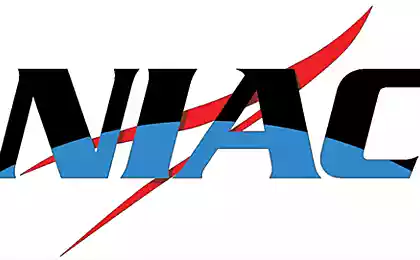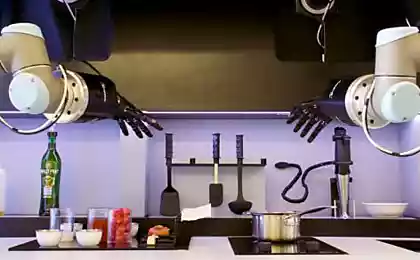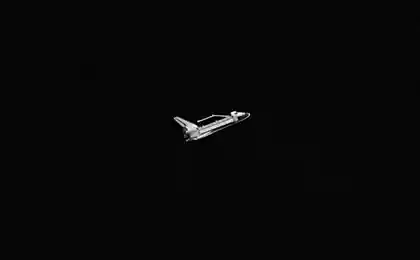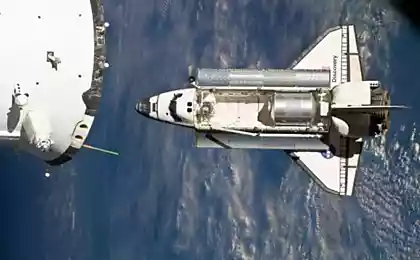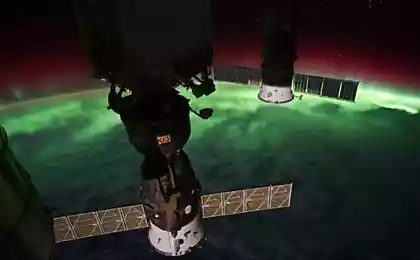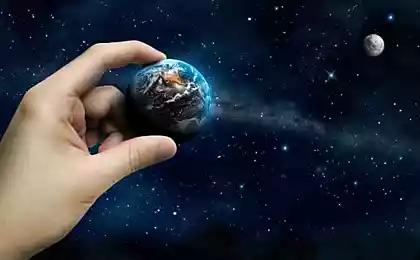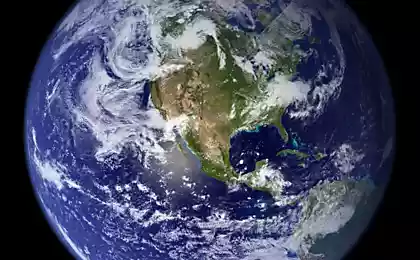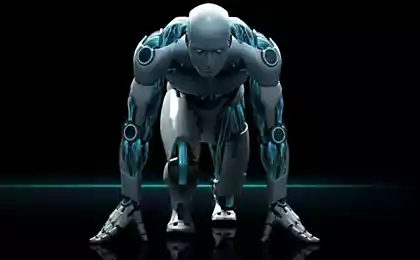1056
3D-printer help spidering master space
NASA in the next two years will send into orbit spider robot builder, equipped with 3D-printers, TASS reported . The first robot will deploy antennas, arrays and solar panels. Being armed with tools for processing of raw materials directly in space, robots will be able to create designs in the tens of times greater than those that can be delivered to the surface of the planet.
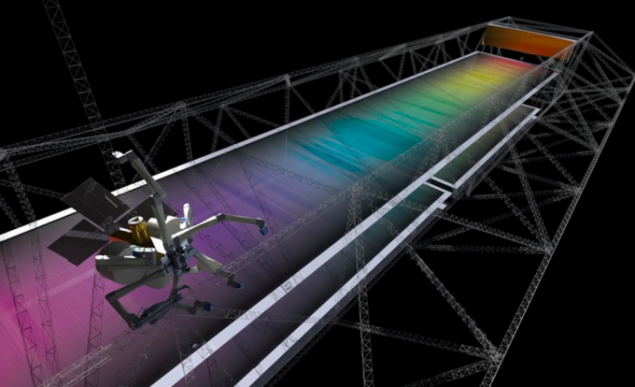
Delivery process into orbit parts and structures - a complex and costly. And it's limited capacity and the size of the rocket. A 3D-press has already proved its effectiveness in space: in September 2014 the first printer designed to work in zero gravity, delivered to the International Space Station . In December, NASA astronaut aboard the station printed wrench , the model of which was sent to Earth - otherwise wait right tools could take anywhere from several weeks to several months.
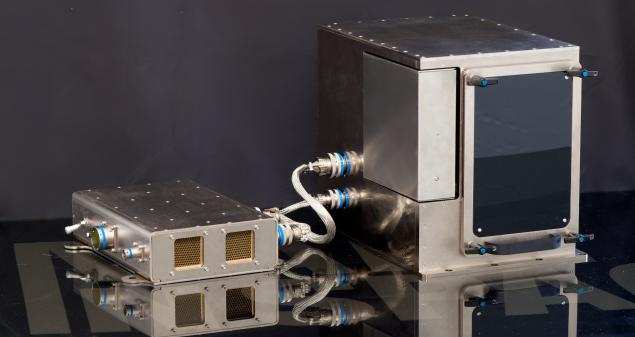
Zero-G from the company Made In Space i>
Tethers Unlimited Company in 2013. выиграла NASA competition to create a system that will be able to build objects in orbit, and received funding in the amount of half a million dollars. Recently, developers have submitted to NASA project to create robots, the basis of which took a spider weaving a web. SpiderFab system will "weave" construction of carbon fiber obtained from the Earth. The size of structures in length can be up to one and a half kilometers, says the head of Tethers Unlimited Rob Hoyt. This will allow the agency to save on shipping objects in space, but in the future Tethers plans to use local resources received on other planets, for construction.

Delivery process into orbit parts and structures - a complex and costly. And it's limited capacity and the size of the rocket. A 3D-press has already proved its effectiveness in space: in September 2014 the first printer designed to work in zero gravity, delivered to the International Space Station . In December, NASA astronaut aboard the station printed wrench , the model of which was sent to Earth - otherwise wait right tools could take anywhere from several weeks to several months.

Zero-G from the company Made In Space i>
Tethers Unlimited Company in 2013. выиграла NASA competition to create a system that will be able to build objects in orbit, and received funding in the amount of half a million dollars. Recently, developers have submitted to NASA project to create robots, the basis of which took a spider weaving a web. SpiderFab system will "weave" construction of carbon fiber obtained from the Earth. The size of structures in length can be up to one and a half kilometers, says the head of Tethers Unlimited Rob Hoyt. This will allow the agency to save on shipping objects in space, but in the future Tethers plans to use local resources received on other planets, for construction.
The long-term goal of our work - to use local resources to build the infrastructure in space needed to assist in the development of earthlings solar system. Rob Hoyt i> blockquote>
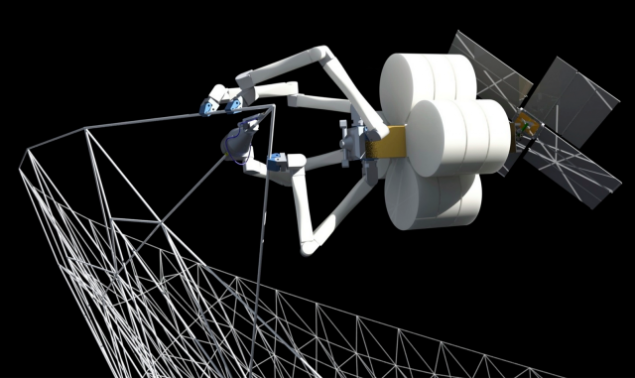
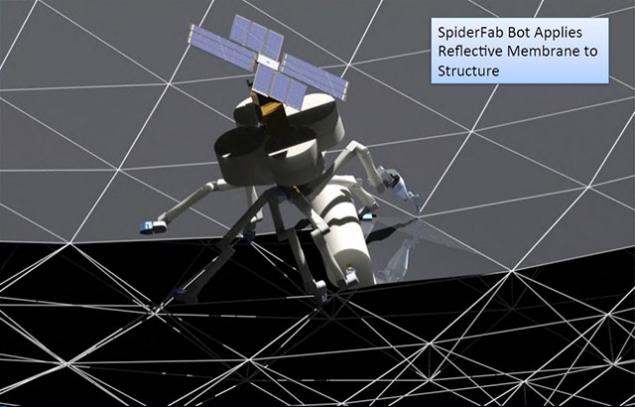
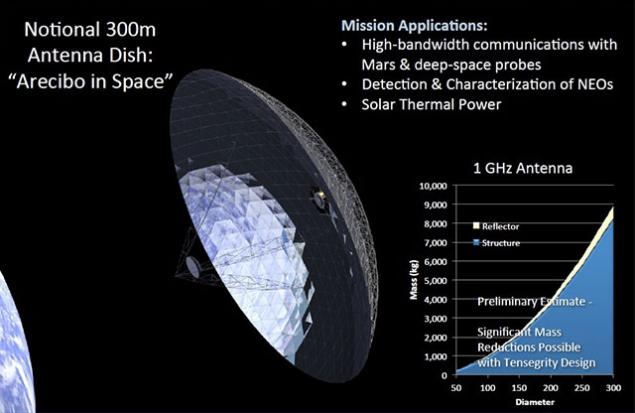
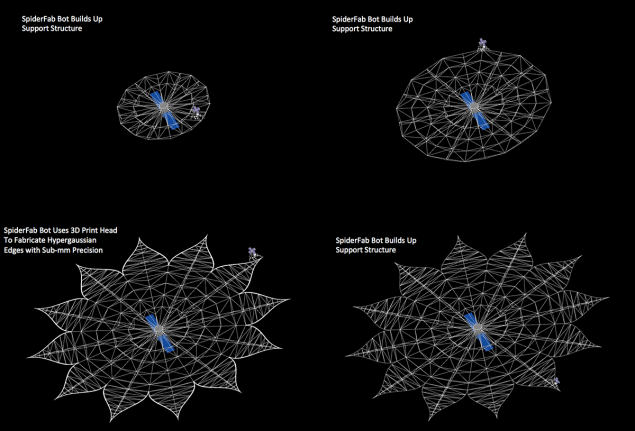
Source: geektimes.ru/post/248692/




